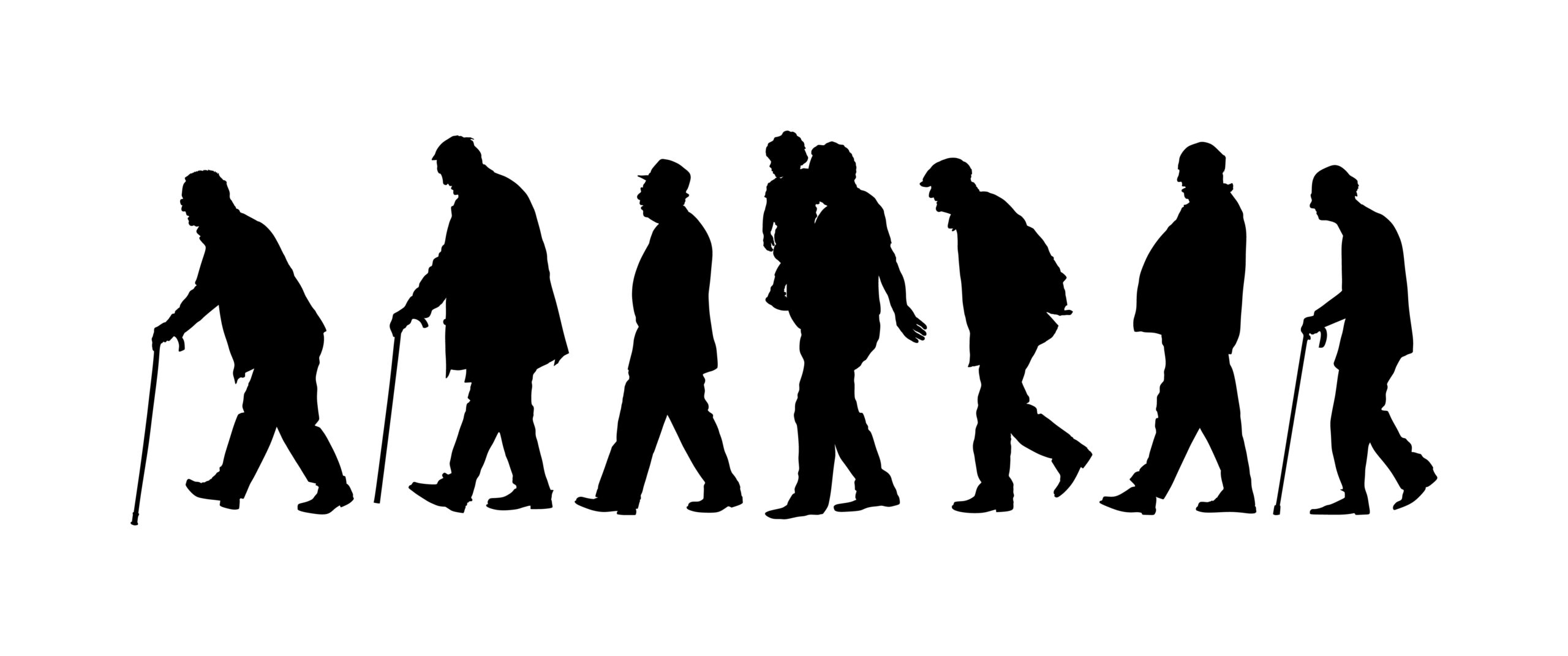Unraveling the Mystery of Parkinson’s Disease
Parkinson’s disease is a complex brain disorder that affects movement and gets worse over time. While we don’t fully understand what causes it, scientists are making progress in unraveling its mysteries.
At its core, Parkinson’s happens when certain brain cells that produce an important chemical called dopamine start to die off. Dopamine helps control movement, so when there’s not enough of it, people develop symptoms like shaking, stiffness, and trouble walking.
The tricky thing about Parkinson’s is that symptoms often start very subtly. A person might notice their handwriting getting smaller or that one of their arms doesn’t swing naturally when they walk. These early signs can be easy to miss or brush off as just normal aging.
As the disease progresses, more noticeable movement problems develop. The classic Parkinson’s tremor usually affects the hands or fingers, almost like the person is rolling a pill between their thumb and forefinger. People also tend to move more slowly, have rigid muscles, and struggle with balance and coordination.
But Parkinson’s isn’t just about movement. Many people experience other issues like depression, sleep problems, loss of smell, and constipation. In fact, some of these non-movement symptoms can show up years before the more obvious motor problems.
Diagnosing Parkinson’s can be tricky since there’s no single test for it. Doctors rely on a person’s symptoms, medical history, and a neurological exam. Sometimes brain scans or other tests are used to rule out other conditions.
While we can’t cure Parkinson’s yet, there are treatments to help manage symptoms. Medications can boost dopamine levels in the brain or mimic its effects. Some people benefit from deep brain stimulation, a surgical procedure that uses electrodes to regulate brain circuits involved in movement.
Researchers are working hard to better understand Parkinson’s and develop new treatments. Some promising areas of study include:
– Looking at genetic factors that might increase risk
– Investigating environmental triggers like pesticide exposure
– Exploring ways to protect or replace the dopamine-producing brain cells
– Testing drugs that might slow down or stop the disease progression
– Using stem cells to potentially regenerate damaged brain tissue
Living with Parkinson’s is challenging, but many people are able to maintain a good quality of life for years after diagnosis. Exercise, physical therapy, and speech therapy can all help manage symptoms. Support groups also provide valuable connections for patients and caregivers.
While there’s still a lot to learn about Parkinson’s disease, scientists are making steady progress. With continued research, we’re hopeful that better treatments – and maybe even a cure – are on the horizon.





